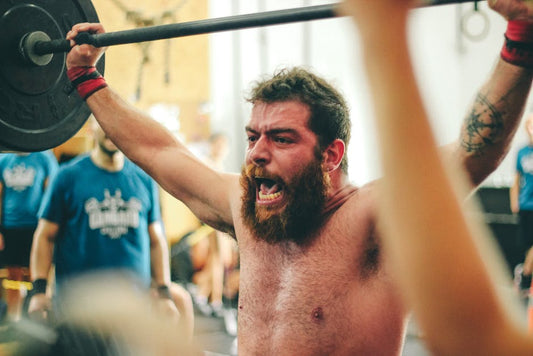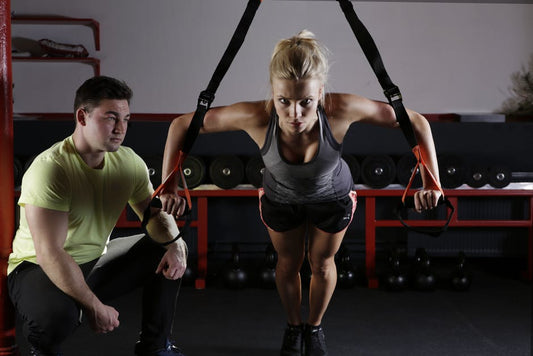CrossFit

Training Traps to Avoid for Success in Cross Tr...
CrossFit training is a lifestyle and practically a never-ending journey. When you begin, you put goals which you want to achieve, but the moment you attain them, you quickly set...
Training Traps to Avoid for Success in Cross Tr...
CrossFit training is a lifestyle and practically a never-ending journey. When you begin, you put goals which you want to achieve, but the moment you attain them, you quickly set...

Cross Training Workout: The Importance of Bench...
Many times, in the CrossFit gym, you will be instructed to workout up to a certain percentage of your one rep max for a given exercise. One of the problems...
Cross Training Workout: The Importance of Bench...
Many times, in the CrossFit gym, you will be instructed to workout up to a certain percentage of your one rep max for a given exercise. One of the problems...
Key Olympic Weightlifting Questions Addressed i...
As a beginner lifter or any other CrossFit enthusiast, you may be having some questions you want to be answered in weightlifting. If there is one area in CrossFit training...
Key Olympic Weightlifting Questions Addressed i...
As a beginner lifter or any other CrossFit enthusiast, you may be having some questions you want to be answered in weightlifting. If there is one area in CrossFit training...

Cross Training Apps to Help You Track Your Work...
These days, you can hardly interact with something before coming across an App that can exactly do the same. CrossFit training has also not been left behind in this, and...
Cross Training Apps to Help You Track Your Work...
These days, you can hardly interact with something before coming across an App that can exactly do the same. CrossFit training has also not been left behind in this, and...

Cooling Down & Why It is Important after Your C...
It’s quite simple to dismiss the cool down after your lifting and to stretch as a complete waste of time. However, you should know that cooling down is a recommended...
Cooling Down & Why It is Important after Your C...
It’s quite simple to dismiss the cool down after your lifting and to stretch as a complete waste of time. However, you should know that cooling down is a recommended...

Top Benefits of Biking in Cross Training WOD
Going through childhood, one of the most enjoyable activities is usually biking. As people grow, somehow their love for bikes tends to diminish probably due to busy lifestyle or changing...
Top Benefits of Biking in Cross Training WOD
Going through childhood, one of the most enjoyable activities is usually biking. As people grow, somehow their love for bikes tends to diminish probably due to busy lifestyle or changing...

